-By Eric Fortune
“Hello Eric, how are you? I’m trying to make more traditional stuff, but i must confess i’m having a hard time! Thats why I want to ask you a quick simple question: Which paper are you using to make water basis painting? Is it hot pressed? your paintings are soo smooth i hope you mind mind sharing this info, but if you do, i totally understand, no hard feelings 🙂 Thanks in advance and keep it up the awesome stuff!”
I think one must spend a lot of time becoming very familiar with any medium they are working with as well as the surfaces that they are working on. The quality of materials an artist uses can make a difference. However, I personally don’t think that if you get the best paper and best paint with the best brushes the quality of work will just appear if the hours and hours of practice aren’t there to back it up.
As for my own paintings, I get smooth transitions by using various methods ie wet on wet application, scumbling, dry brush etc. You can see some of my videos on youtube for tutorials. The thing that really connects all of these techniques is the time it takes to achieve the look I want. It doesn’t happen on the third pass or even the seventh. It often takes long hours and multiple, multiple layers of paint to get a look I want. And after so many years of doing this I feel fairly competent that I could do it on just about any watercolor paper surface.
That being said let’s get into the materials I actually use.
Watercolor Paper: I mostly use Arches 300lb Hot press. I like the heavy weight and the surface though smooth isn’t too smooth. I find 300lb Cold press to have way too much texture for my liking. I feel it disrupts my imagery too much by casting deep shadows on the surface. When working on lighter paper like 140lb I think cold press is quite nice. The texture is much more subtle compared to cold press at 300lb. 140lb hot press is nice as well but almost too smooth for my taste. I’ve tried Fabriano brand paper previously and it was fine. There were often scratch marks that I wouldn’t notice til I put down my first wash. This sucked because by then I’ve already spent the time transferring and finalizing the drawing. It may have been the store’s fault. Not quite sure. So now I hold each piece of paper I buy up to the light and check for faint scratches before purchasing. If there’s a scratch and you’re cool with it you could probably ask for a discount:)
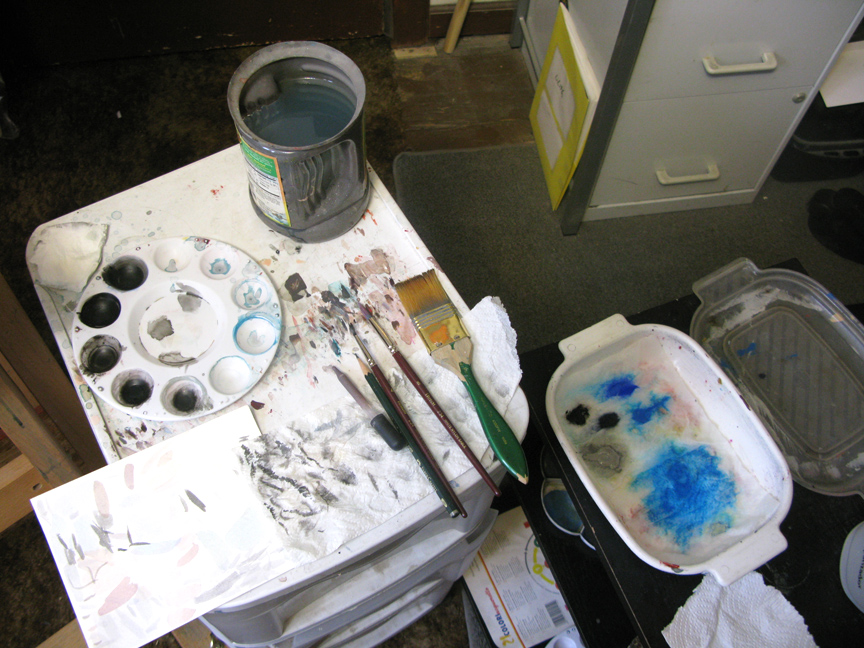
Paint: I have mostly Liquitex paint. I heard Palencar uses Liquitex so I tried them and liked them. I’ve also tried Golden, and Utrecht brands and even had to use some student grade acrylic in a pinch. I have to admit they all seem to work just fine to me. It may have to do with the fact that I water them down so much.
Set Up: As you can see I have a small tupperware container that I use to keep my paints in. I put a paper towel at the bottom and spritz it with water every not and then to keep them wet. This helps the paints to last longer so they don’t go to waste. I have a scrap piece of water color paper near by to test my mixed colors on to make sure it’s right before applying it to the actual painting.
I hope this helps.
Eric
P.S. Donato is awesome. He always welcomes other artists to stop by and chat or look at some art work. On a trip to NY a few years back I contacted him and did just that. It made my day! Most of the artist I know are super nice and if they aren’t too busy will answer questions and such. If you live in or around Columbus and would like to visit the studio for any questions or feedback etc. feel free to contact me.


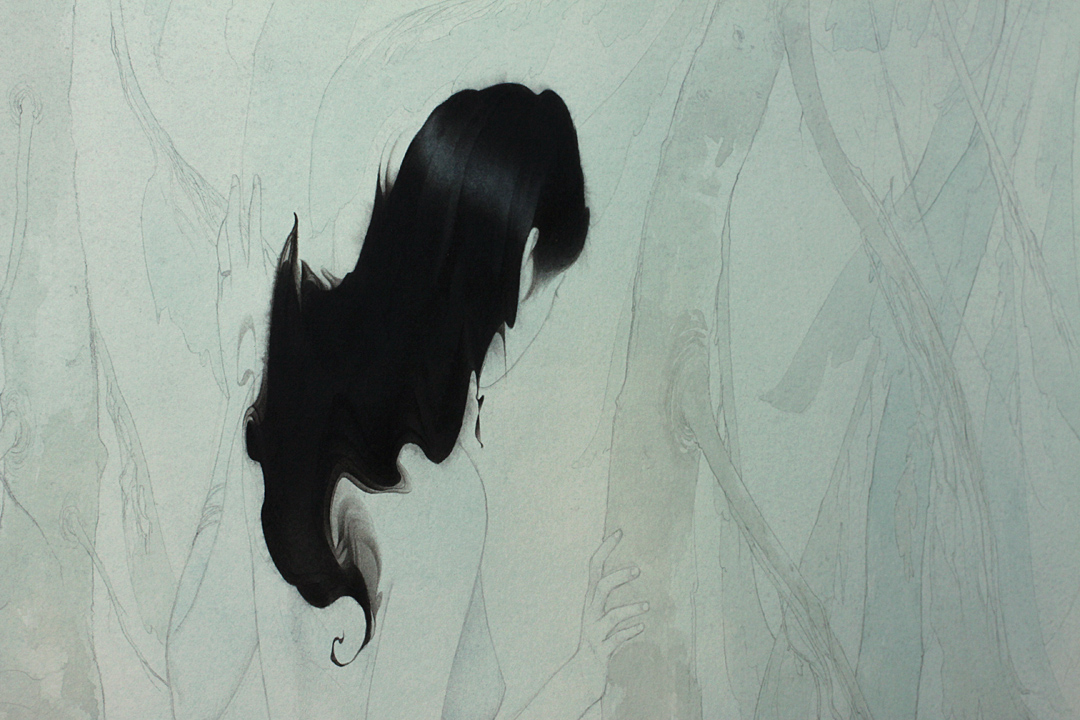
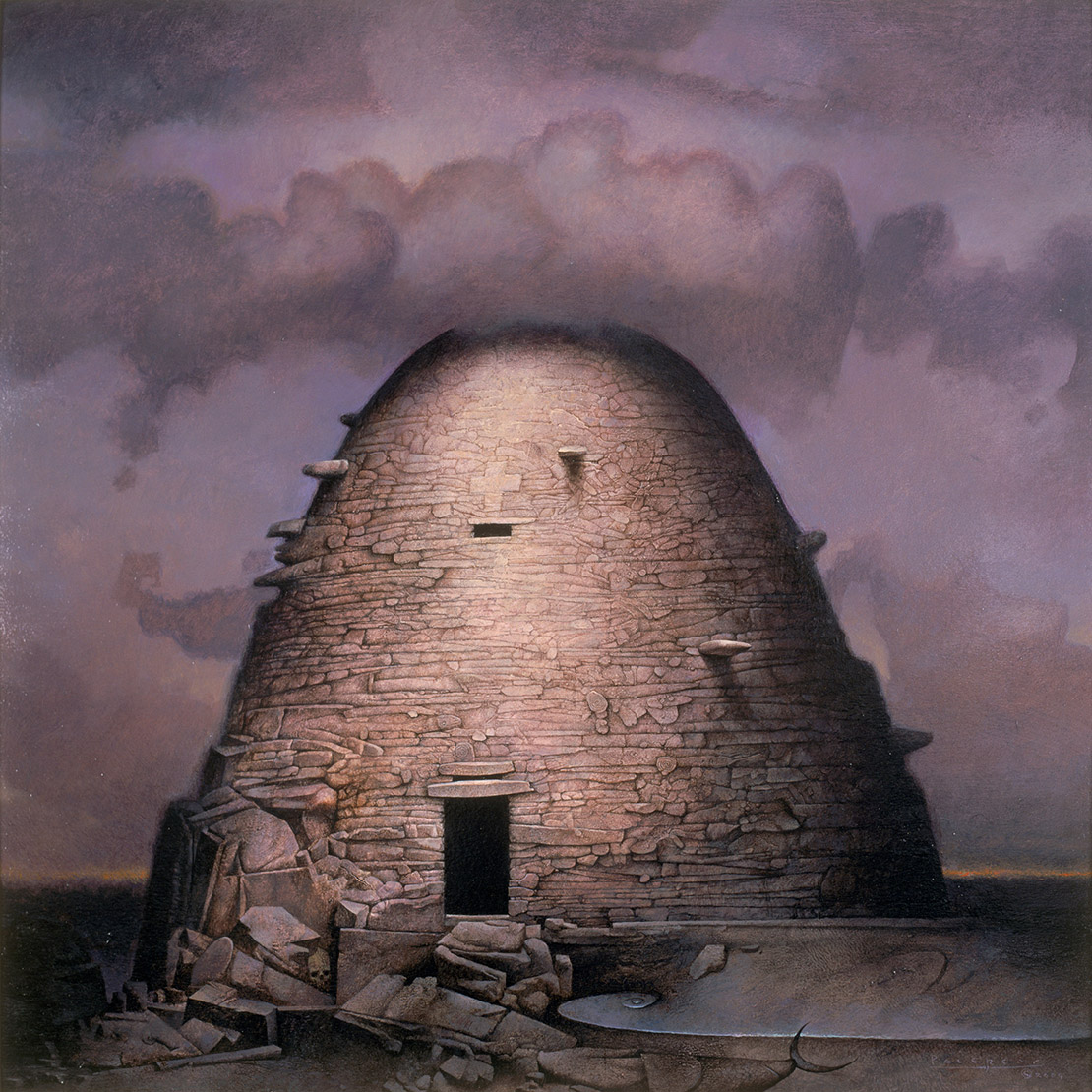
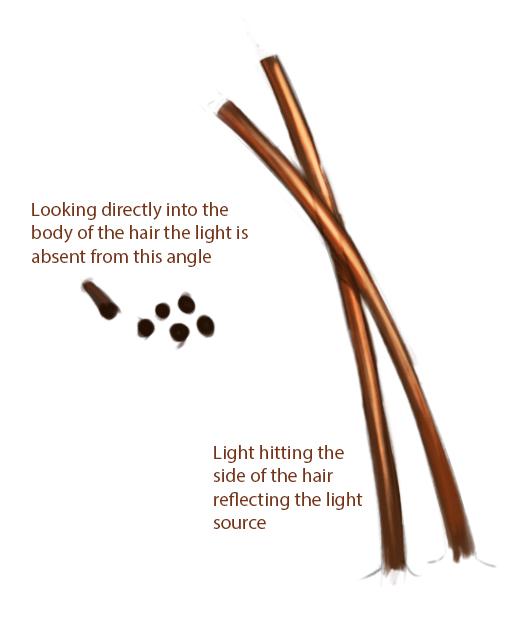
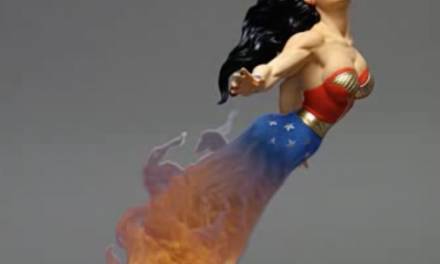
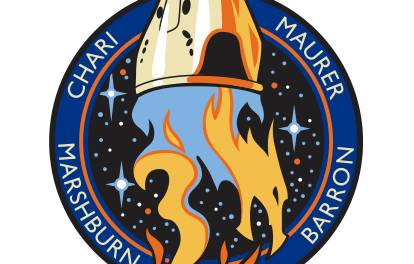
For my watermedia painting, I like hot-press watercolor paper too. I usually use the Arches brand and 140lb. I have yet to use 300lb. – I've heard it's durable but very expensive. For pen-and-ink, I use hot-press watercolor paper or smooth bristol board.
My paints of choice are Golden brand acrylics and for gouache, Holbein. I've found synthetic brushes from Loew-Cornell and Blick to be good for painting. But that's my opinions.
Eric, have you ever tried Strathmore paper? A lot of people don't like it because they put some sort of sizing on it that gives it a waxy feel. I love it because the water sits on top of the paper for a bit instead of absorbing like it does on the Arches and the Fabriano. That may be annoying for the type of effects you're trying to get with your work, but I love it because you can pick at it and wipe away paint as if you were using oils (but doing so can rip up the paper sometimes). I'm just wondering if you've ever tried it and what were your thoughts.
PS. I may be in Ohio in late July for a wedding. If our schedules align, I'd love to drop by the studio.
Great feedback.
Arkady- I used strathmore illustration board back in school. I remember it being ok. I want to say I've used their paper but I don't remember much about it. However, your technique reminds of an experiment in water color class where we gessoed the paper. We would let the wc paint dry then using a wet brush, q-tip, or paper towel etc to lift up the paint for highlights. Pretty interesting results. Are you familiar with Chris Payne's mixed media technique? Involves a decent amount of lifting out. Really fast results, and if you're familiar with C.F. Payne's work, pretty amazing results. Maybe I'll see you in July:) Keep me posted
Check out the Saunders Waterford, unlike the Arches, wich i find weaves and buckles when it gets wet, the Waterford lifts evenly. It does seem to stay wet a little bit longer, although that could be because my studio is more humid. Its the stuff joseph Zbukvic uses, and hes the bomb of course. Ive tried the 300gsm, 425 gsm and the 638 gsm, I like the 425.
Hi Eric,
I might sound silly, but are you using watercolour paper for acrylic paints?
And how does acrylic paint differ from oil?
I`m a freshman animation and I`m interested in traditional painting, something that my school doesn`t go too far into..
Hope you can shed some light on this.
Eric! Excellent post. I'm always curious about paper since I've trained myself to work with cheapo paper out of necessity (cheapo being Arches 140lb blocks).
I have a question… Do you prep your paper at all prior to painting? Soak, stretch, staple, tape, etc?
I'm finding my method to be about 8 steps too many with the result never quite the same… all just to avoid buckling.
شراء اثاث مستعمل بجدة
شراء اثاث مستعمل جدة
شراء الاثاث المستعمل بجدة